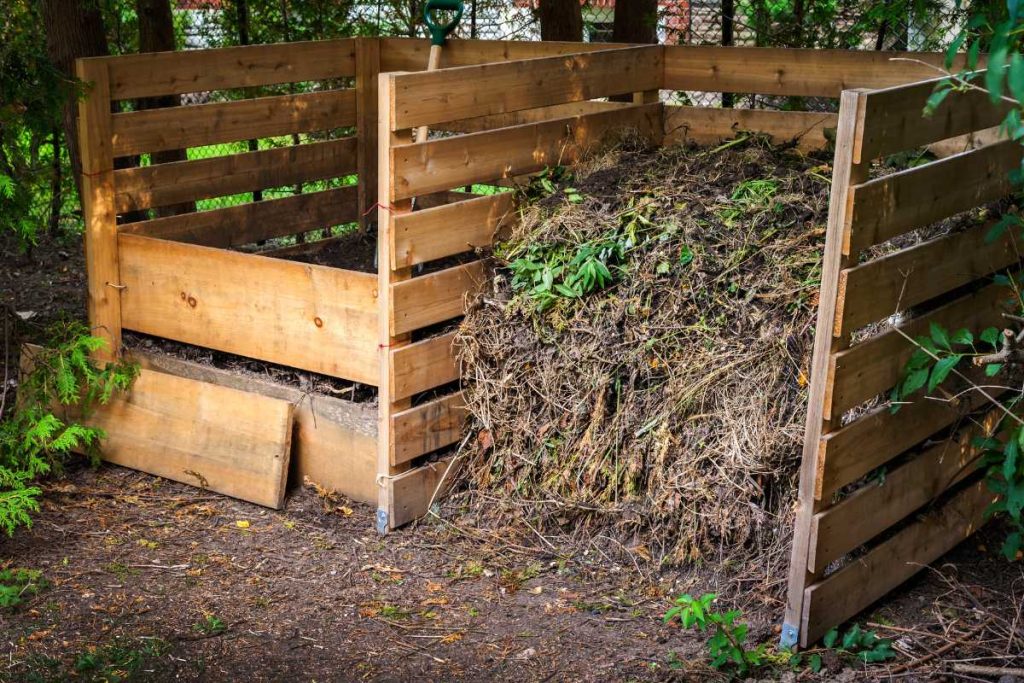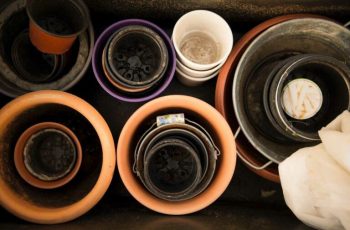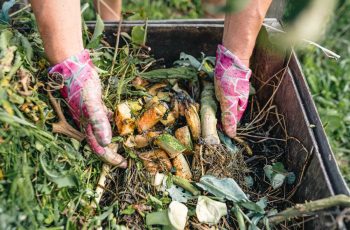If you’re looking to start composting, you might be surprised by the variety of methods available. This guide explores ten different composting techniques to help you determine which one is best suited for your needs.

- Open Air Composting: This traditional method involves creating an open pile of organic materials in your yard. Typically, a bin made from pallets or chicken wire is used to keep the sides neat. Open air composting is a low-maintenance technique that can produce compost in about one to six months, depending on the materials added and how often you tend to it. However, if not managed properly, it can become unsightly, with rotting food scraps visible.
- Direct Composting: Also known as trench composting, this method involves digging a trench, adding organic materials, and covering it back up with soil. It’s a cost-effective way to compost but is limited to fruit and vegetable scraps and some garden waste. While it encourages worms to aerate the soil, it takes longer for materials to decompose and requires space for continual digging.
- Sheet Composting: Often referred to as lasagna gardening, this cold composting method layers cardboard and organic waste to create raised beds. It’s effective for smothering weeds and enriching the soil without the need for turning or digging. The process involves marking out the area, covering it with cardboard, and adding alternating layers of nitrogen-rich and carbon-rich materials.
- Tumbler Composting: This hot composting method uses a sealed drum on legs that you can rotate to mix materials. It accelerates decomposition, allowing you to produce compost in as little as a month. Tumbler composters come in various sizes, and many have dual chambers to enable continuous composting. However, they may not accommodate larger garden waste unless it is cut into smaller pieces.
- Worm Farm Composting (Vermicomposting): This method relies on worms to break down kitchen scraps and is suitable for small spaces, such as apartments. Commercial worm farms typically consist of stacked trays where worms process organic matter, producing nutrient-rich worm castings. While effective, this method may not handle large volumes of waste and requires regular maintenance.
- EMO Composting: EMO stands for Effective MicroOrganism. This method uses bacteria to break down organic matter and is usually employed indoors. The most popular system is the Bokashi method, where kitchen scraps are fermented in a sealed bucket for at least a week. While it allows composting of cooked food, the end product must be buried due to its acidity.
- Trash Can Composter: Similar to open-air composting, this method uses a trash can with a lid and an open bottom to contain organic waste. This approach is visually appealing and allows for easy access to finished compost, making it a great option for those who want to compost without creating an unsightly mess.
- Combination Composting: Also known as compot composting, this method combines elements of open-air, direct, and worm composting. A compot is a buried plastic pot with holes that allows worms and other organisms to break down organic matter. This method eliminates the need for turning compost and can accommodate a variety of materials, including cooked food.
- Commercial Composting: This industrial-scale method processes large quantities of organic waste from restaurants and food outlets. It typically involves aerated windrow composting, where long rows of compost piles are periodically turned to maintain aeration. This method requires significant land, equipment, and labor.
- Mechanical Composting: Using machines to rotate waste and generate heat, mechanical composting can produce usable compost in as little as 24 hours. While traditionally used in commercial settings, there are now affordable compost machines available for home use.

Ultimately, the best composting method for you will depend on your available space, the types of materials you wish to compost, and the level of effort you’re willing to invest. Each method offers unique advantages, contributing to waste reduction and creating nutrient-rich compost for your garden. Embrace composting as a rewarding activity that benefits both your garden and the environment. Happy composting!


